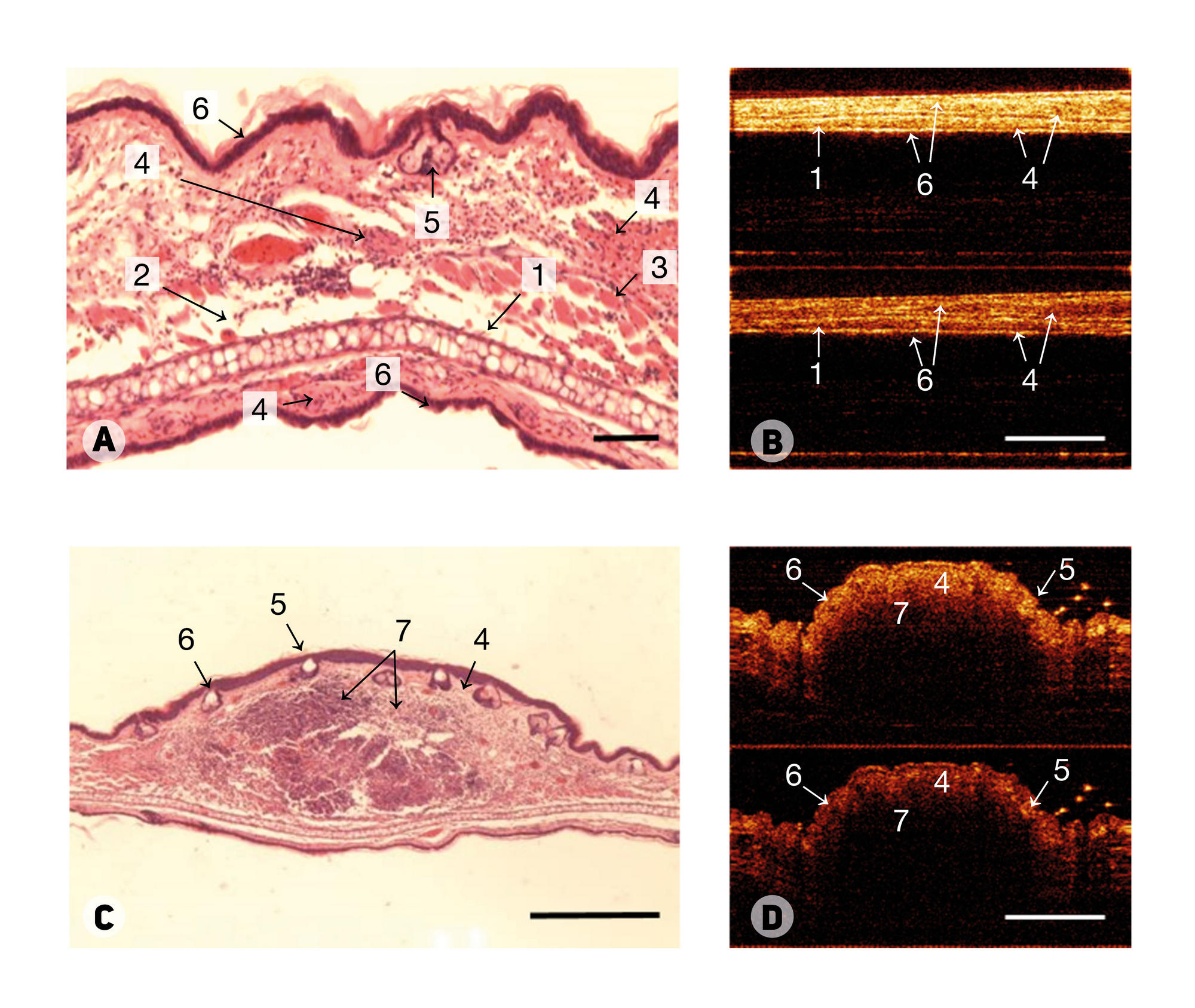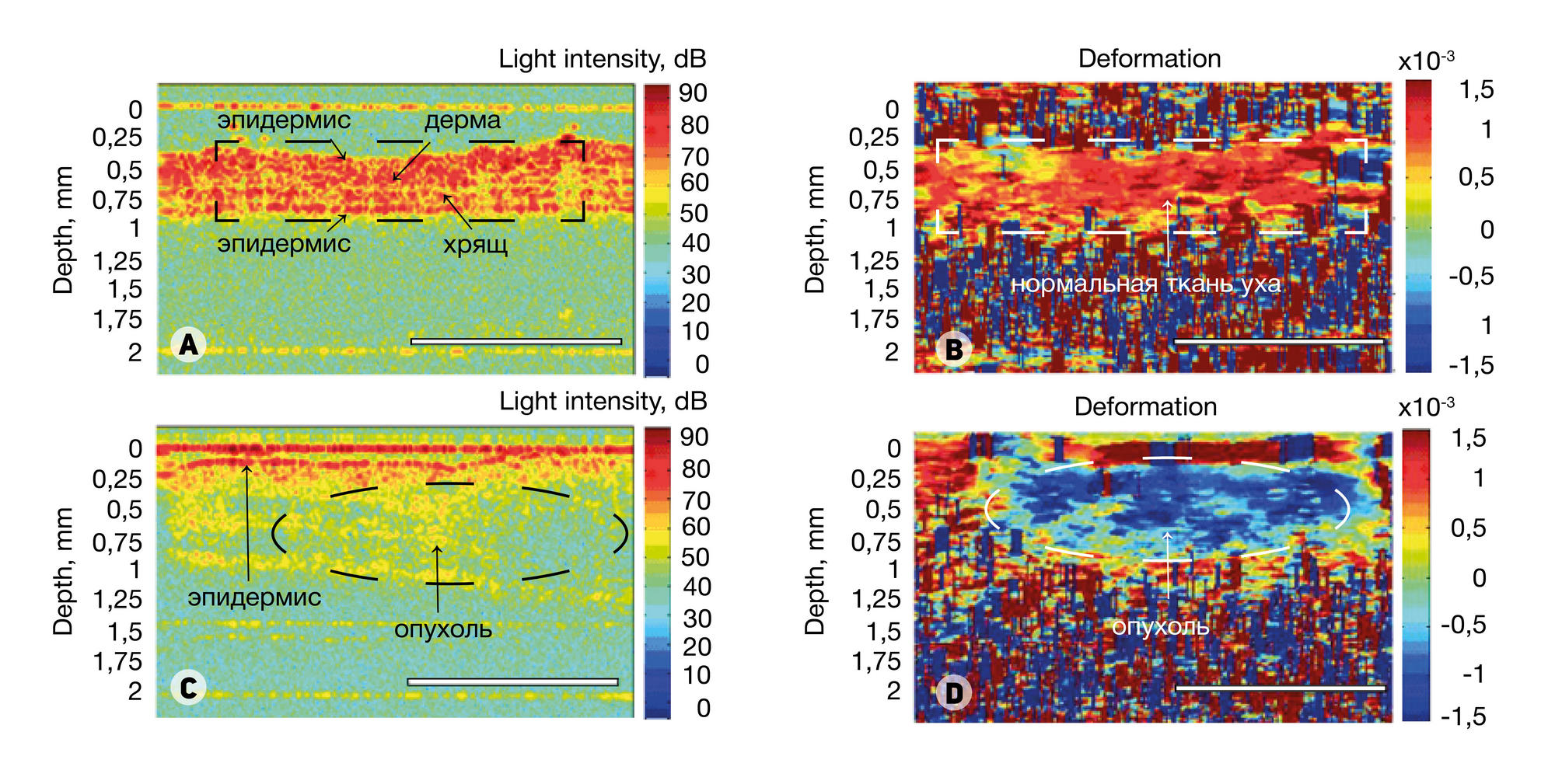
This article is an open access article distributed under the terms and conditions of the Creative Commons Attribution license (CC BY).
METHOD
Multimodal optical coherence tomography in the assessment of cancer treatment efficacy
1 Department of Microbiology and Immunology,
Nizhny Novgorod State Medical Academy, Nizhny Novgorod, Russia
2 Institute of Applied Physics, Russian Academy of Sciences, Nizhny Novgorod, Russia
Correspondence should be addressed: Marina Sirotkina
pl. Minina i Pozharskogo, d. 10/1, Nizhny Novgorod, Russia, 603950; ur.liam@m_aniktoris
Funding: this work was supported by the Ministry of Education and Science of the Russian Federation (grant no. 14.B25.31.0015), numerical processing of CP OCT images was supported by grant no. 15-32-20250 of the Russian Foundation for Basic Research, algorithm modification and development of software/ hardware OCT-system for mapping microcirculation and elastography images was supported by the grant of the President of the Russian Federation for young scientists (no. MK-6504.2016.2) and the grant of the Russian Foundation for Basic Research (no. 16-02-00642-а).
Acknowledgements: authors thank professor Alex Vitkin of University of Toronto (Toronto, Canada), the leading scientist of the Russian Federation Government Mega-grant 14.B25.31.0015.






